- AI

Artificial Intelligence

Smart Products & Services
We follow Smart Products & Services

Intelligent Business Functions & Processes
We follow Intelligent Business Functions & Processes

Robotic Process Automation
We follow Robotic Process Automation

Personalized
healthcareWe follow Personalized healthcare

Identifying at-risk patients
We follow Identifying at-risk patients

Optimized routing and scheduling
We follow Optimized routing and scheduling
- ML

Machine Learning

Predictive
AnalyticsWe follow Predictive Analytics

Service Personalization
We follow Service Personalization

NLP
We follow NLP (Natural Language Processing)

Stock Market Forecasting
We follow Stock Market Forecasting

Fraud Prevention
We follow Fraud Prevention

Recommender engines
We follow Recommender engines
- blockchain
- IOT

Internet of Things
- AR
- Business Solutions
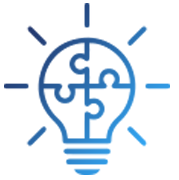
Business Solution

Business Performance Management
We follow Business Performance Management

Decision Making & Big Data Analytics
We follow Decision Making & Big Data Analytics

Enterprise Data Management
We follow Enterprise Data Management
- Apps

Apps

Native Apps
We follow Native Apps

Cross Platform Apps
We follow Cross Platform Apps

Web Apps
We follow Web Apps

Hybrid Apps
We follow Hybrid Apps

Cloud Native Apps
We follow Cloud Native Apps
- Lab
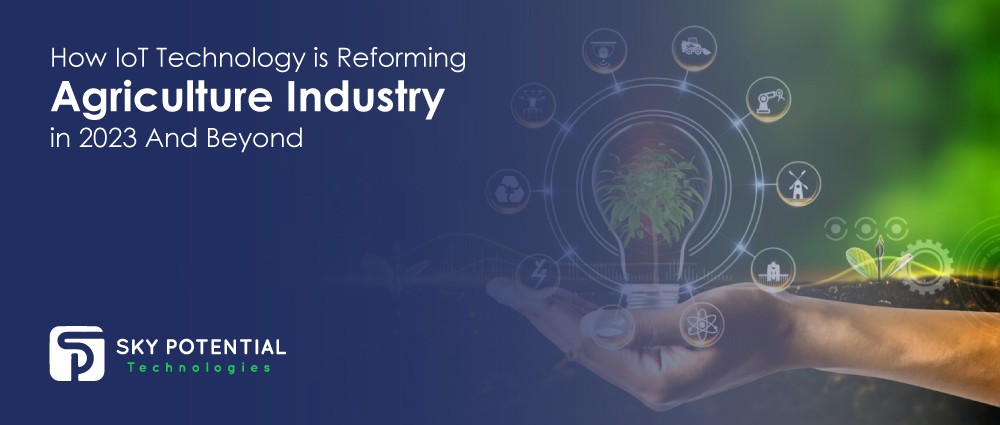
How IoT Technology is Reforming Agriculture Industry in 2023 And Beyond
The adoption of IoT (Internet of Things) continues to expand, leading to groundbreaking advancements in almost all industries. Integrating IoT-based connected devices and IoT-based smart agriculture has proven highly beneficial, automating every aspect of the agricultural sector. Over the past decade, agriculture has witnessed a technological boom, spurring industrialisation and a heightened concentration on technology-driven solutions such as IoT strategy implementation.
Farmers now wield greater control over their crop and livestock processes by utilising varied IoT smart agriculture devices and personalised IoT solutions. This enhanced control considerably improves productivity and guarantees predictable outcomes, creating a more efficient and profitable farming ecosystem.
In the following article, our IoT consultancy specialists present real-life scenarios of smart agriculture projects employing IoT technology. This blog will allow you to study the many benefits of this technological advancement in agriculture.
How Does IoT Make Agriculture Smart?
Smart agriculture, also known as agricultural IoT, relates to the utilisation of IoT technology in farming. By employing IoT sensors to collect data about machines and the environment, farmers can make improved decisions and predictions, improving numerous aspects of their work, like crop farming and livestock management.
For instance, with smart agriculture IoT sensors, farmers can closely monitor their crops and obtain real-time data on various parameters like soil moisture, temperature, and nutrient levels. It will determine the amount of fertilisers and pesticides required for maximum crop production. This method is also known as smart farming.
Even though smart agriculture IoT is less preferred than consumer-connected gadgets, you can see that it still grows with a high margin and is becoming more active. Still, the continuous modernisation of new IoT usage in agriculture can lead to extreme sustainability, productivity, and profitability.
The global smart agriculture marketplace is expected to grow three times its current size by 2025. It will reach a notable worth of $15.3 billion. This growth shows that agriculture organisations can enter the marketplace and create agricultural IoT solutions. These IoT solutions offer them a competitive benefit and raise their chances of success.
Advantages Of IoT Applications In Farming
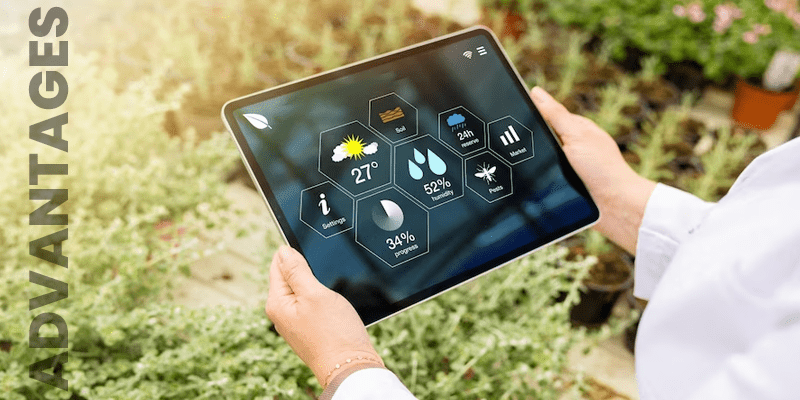
IoT and technology can bring about a significant change in agriculture. Here are five essential ways IoT could enhance the lives of farmers in the agricultural sector:
- Precision Farming and Data-Driven Insights: IoT sensors enable accurate farming, collecting data on soil quality, crop growth, weather, and livestock health. This data-driven method empowers farmers to make informed decisions, optimise resources, and raise productivity.
- Enhanced Production Planning and Danger Mitigation: Real-time data and predictive analytics aid farmers in controlling internal processes and mitigating creation risks. Accurate creation forecasts optimise distribution, decrease waste, and guarantee an efficient supply chain.
- Cost Tracking and Yield Optimisation: IoT devices improve expense tracking and resource management, identifying problems early to minimise yield losses. Proactive measures guide to expense savings and higher overall yields.
- Process Automation and Resource Efficiency: IoT smart agriculture devices streamline tasks with automation, similar to adjusting irrigation based on soil moisture. This minimises errors, saves time, and boosts crop well-being and farm efficiency.
- Consistent Quality and Increased Productivity: IoT implementation maintains regular creation and higher crop quality—automated control over ecological conditions outcomes in healthier crops and greater marketability.
Now that we’ve explored how IoT can benefit agriculture, let’s go through real-life examples of prosperous IoT execution in farming.
Real-Life Use Cases Of IoT Usage In Agriculture
Incorporating IoT devices in agriculture has given rise to many fascinating applications reshaping the industry. Let’s delve into each real-life use cases of IoT usage in agriculture:
Climate Condition Monitoring
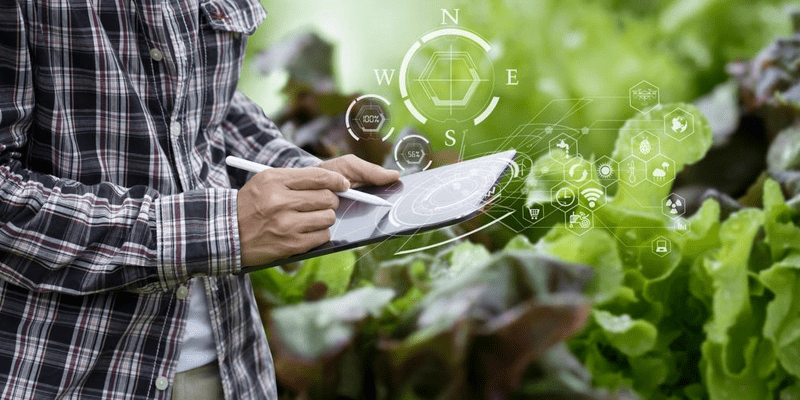
Weather stations have emerged as indispensable devices in smart agriculture, integrating an array of smart farming sensors. Renowned instances such as allMETEO and Pycno show the significance of IoT devices in weather station agriculture.
Strategically positioned throughout fields, these weather station IoT devices diligently collect varied ecological data, promptly transmitting it to cloud-based platforms. The wealth of data acquired plays a pivotal role in accurate farming, enabling farmers to make informed decisions. Agriculture businesses can amplify productivity by accurately predicting and mapping climate conditions, selecting appropriate crops, and executing necessary precautions.
Precision Farming
The revolutionary concept of accuracy farming, also known as accuracy agriculture, centres on maximising productivity via data-driven approaches. Adopting IoT sensors, the agricultural sector efficiently gathers a broad spectrum of metrics concerning the microclimate and ecosystem of every field. This wealth of data encompasses essential elements such as temperature, humidity, soil conditions, CO2 levels, lighting, and pest infestations.
With these extensive insights, farmers can forecast optimal watering volumes, use pesticides and fertilisers judiciously, and streamline expenses while elevating crop quality. CropX is a notable example demonstrating this innovative trend and offering an IoT solution with soil sensors. These sensors measure essential parameters like soil moisture, temperature, and electrical conductivity, empowering farmers to serve every crop’s distinctive needs.
Furthermore, when integrated with geospatial data, this IoT technology revolutionises accurate farming, facilitating the creation of exact soil maps for individual crop fields.
Iot Smart Agriculture – Predictive Analytics
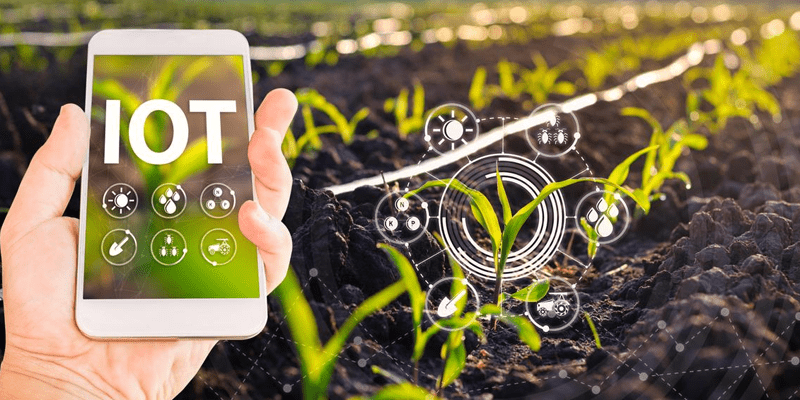
The synergy between accuracy farming and predictive data analytics is unmistakable in agriculture. While smart farming techs and IoT sensors give real-time observations, data analytics is vital in deciphering this data and generating predictions. These predictions include possible risks of diseases and infestations, optimal crop harvesting time, and expected yield volume.
By employing data analytics tools, farming becomes more manageable and predictable in the face of the industry’s heavy reliance on weather conditions. For example, the Crop Performance framework allows farmers with quick access to vital information on volume and quality of product yield. Moreover, it identifies weaknesses of crops to adverse weather conditions like droughts and floods. It optimises water and nutrient supplies personalised to every crop’s needs. Additionally, this innovative method identifies yield traits that can enhance overall crop quality.
Automated Greenhouses
Traditionally, greenhouse surroundings demanded considerable manual intervention from farmers. However, IoT smart agriculture sensors and actuators have changed it. It offers precise real-time data on essential greenhouse conditions like humidity, lighting, temperature, and soil conditions. These sensors also enable remote control over these ecological factors.
Leading IoT agricultural solutions like Growlink and Farmapp exemplify these capabilities, empowering farmers to optimise greenhouse conditions effectively. Furthermore, solutions such as GreenIQ present smart sprinkler controllers that offer remote management of lighting and irrigation systems, enhancing efficiency and crop yield.
Crop Management
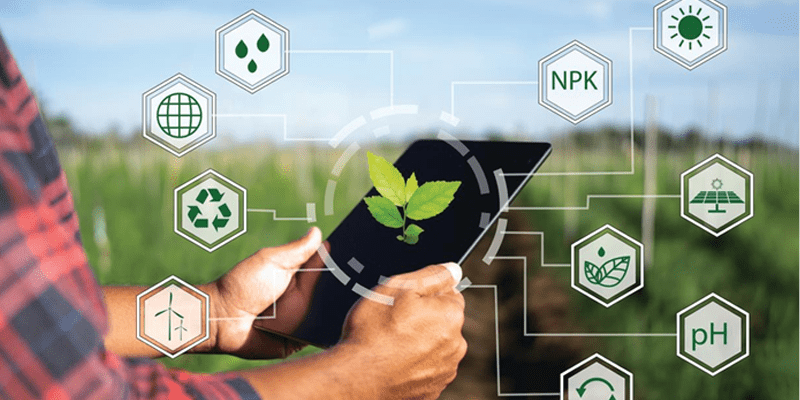
Crop management systems act pivotal in pursuing accurate farming, much like weather stations. These IoT agricultural devices are strategically positioned in fields to acquire crop-specific data, incorporating temperature, precipitation, leaf water potential, and overall crop health.
Farmers can prevent diseases or infestations that harm yields by monitoring crop growth and detecting anomalies. Real-life instances include Arable and Semios demonstrating this technology’s practical software, offering precious understanding into efficient crop management.
Cattle Management And Monitoring
Like crop monitoring, IoT agriculture sensors discover utility in livestock management, monitoring the well-being and execution of cattle. Farmers can obtain necessary data about stock health and physical location on the farm by employing these sensors and tracking systems.
This data-driven method assists in recognising sick animals promptly, permitting farmers to isolate them from the herd before any diseases can spread. Using drones further improves real-time cattle tracking, offering cost-effective solutions for farm management.
In this field, organisations like Allflex and Cowlar are at the forefront with their solutions that use smart agriculture sensors, which operate like collar tags. These sensors deliver crucial data about each cow’s health, temperature, activity, and nutrition. Additionally, they offer collective data about the entire herd, enabling informed decisions and optimal livestock health.
Drones for Agriculture
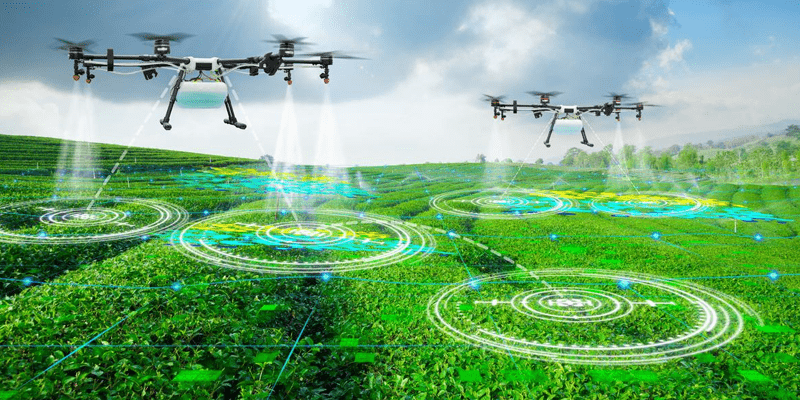
IoT smart farming witnessed a remarkable and cost-efficient advancement with the emergence of agricultural drones. These drones surpass satellites and airplanes in gathering agricultural data. They can perform various tasks (Seeding and Planting, Pest Detection, Irrigation Management, Crop Dusting, and Aerial Mapping) that previously required human labour. Drones exhibit outstanding capabilities from crop planting to pest control, agricultural spraying, and crop monitoring.
Furthermore, drones have demonstrated remarkable efficiency in varied applications. For instance, DroneSeed pioneers the construction of drones that reforest deforested areas, boasting six times the efficiency compared to human labour.
How IoT Can Make The Future of the Agriculture Industry Stronger than Ever
The agricultural sector has recently confronted numerous challenges, but IoT smart agriculture spearheads innovative technological progress that profoundly benefits farmers.
With the exponential growth of the global population leading to diminishing farmlands and finite natural resources, the imperative to raise creation yields has never been more critical. As per the UN (FAO), there will be more than 9 billion people living in this world by 2050. Agricultural development volumes have to rise by 50% to meet the request for food.
Embracing IoT in agriculture becomes indispensable in surmounting this challenge, as it presents a feasible solution to bolster productivity. Meeting the request for sustenance may prove unattainable, lacking the transformative possibility of IoT smart farming.
Conclusion
So now you understand how incorporating IoT (Internet of Things) reshapes the agricultural landscape. Using smart farming practises, data-driven insights and optimised resource management offer a new possibility to the agriculture organisation world.
We hope reading this weblog convinces you to apply IoT strategy in your agriculture sector. If yes, contact us.
Your agriculture organisation can fully accomplish the abilities of IoT solutions for elevated productivity and eco-friendliness when you utilise our IoT consultancy and custom software development services. Your farmers can make improved decisions, raise agricultural yields, and meet the world’s growing cuisine requirement via IoT technologies execution. Approach us now!



















































Leave a Reply